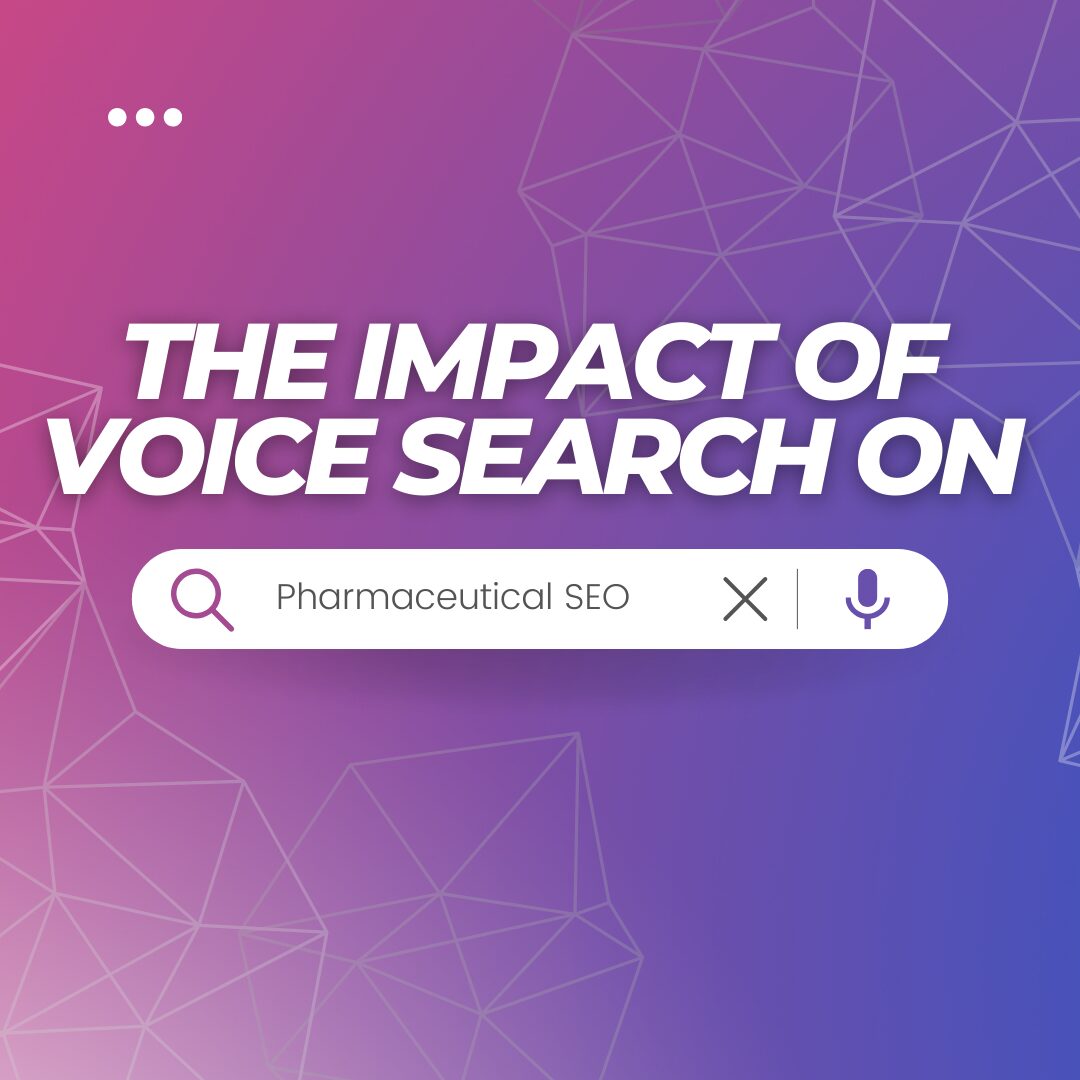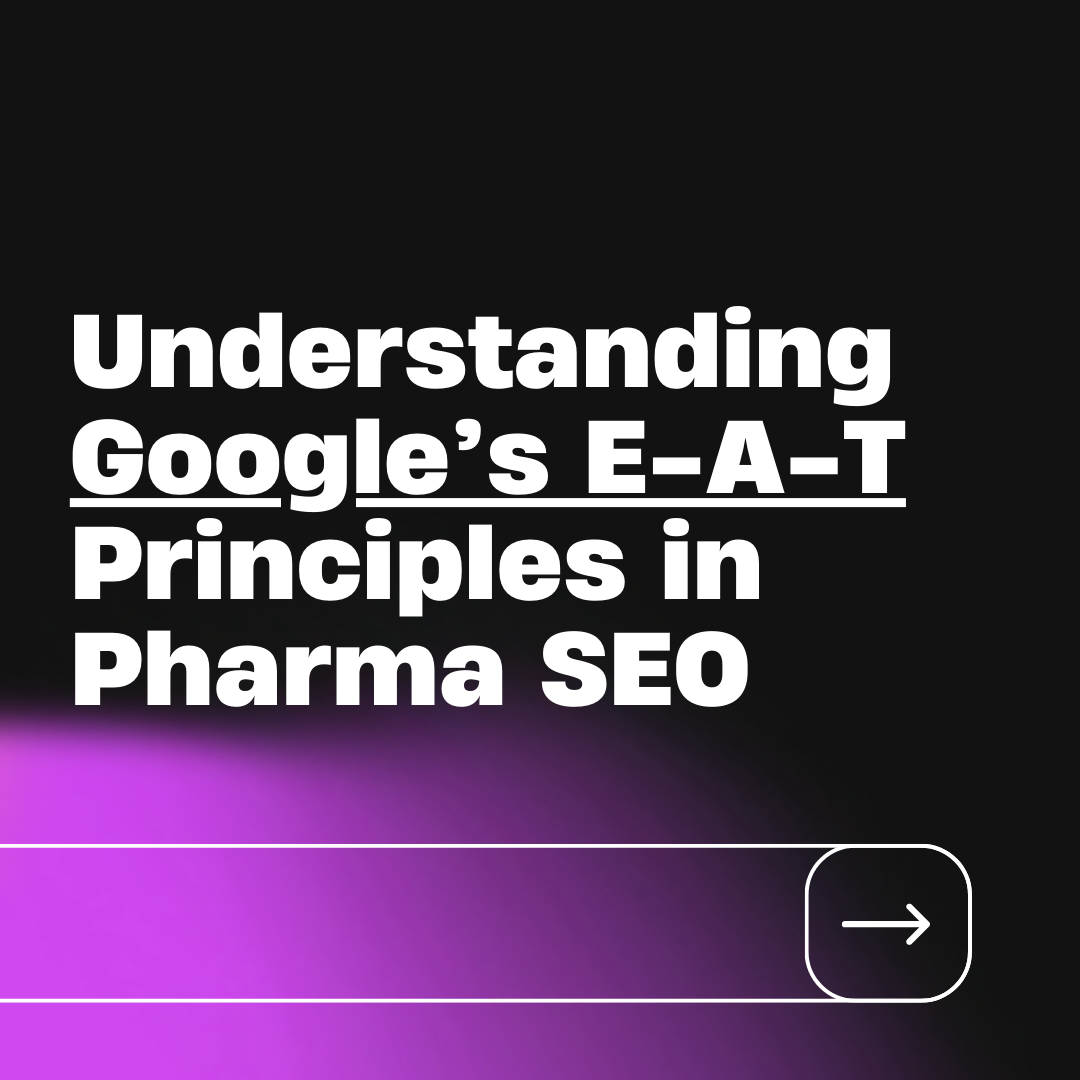In the ever-evolving landscape of digital marketing, data analytics has become a cornerstone, especially for sectors like pharmaceuticals where precision and compliance are paramount. The role of data in modern search engine optimization (SEO) transcends simple measurement of traffic volumes or rankings; it involves deep analysis to understand user behavior, preferences, and engagement. This insight is crucial for refining marketing strategies and optimizing content to meet the specific needs of target audiences.
For the pharmaceutical industry, the importance of analytics in SEO is even more pronounced. Given the complex nature of pharmaceutical products and the stringent regulations governing their promotion, data-driven insights can help companies navigate these challenges effectively. Analytics enables pharmaceutical companies to make informed decisions about their SEO strategies, ensuring that they not only achieve high visibility in search engine results but also maintain adherence to industry standards and regulations.
By leveraging precise data, pharmaceutical companies can tailor their online content to address the specific questions and concerns of patients and healthcare providers, enhance user engagement, and ultimately drive conversions. This strategic approach not only boosts the effectiveness of their SEO efforts but also ensures that they deliver valuable and relevant information to those seeking it, thereby strengthening trust and credibility in their digital presence.
Key Analytics Metrics
Understanding the right metrics is essential for using analytics effectively in pharmaceutical SEO. Here are some crucial metrics that can provide valuable insights into the performance of your SEO efforts:
Traffic Sources and Behaviors
Tracking where your visitors come from (e.g., organic search, referrals, direct visits) is vital for understanding how users find your website. Analyzing traffic sources helps identify which channels are most effective at driving quality traffic. Additionally, observing user behaviors, such as the pages they visit, the duration of their visits, and their navigation paths, can offer insights into which content resonates with your audience and what might need improvement.
Conversion Rates and What They Can Tell You
Conversion rates are a critical metric for measuring the effectiveness of your website in encouraging visitors to take a desired action, such as signing up for a newsletter, downloading a white paper, or completing a contact form. In the pharmaceutical industry, a conversion might also include interactions like using a dosage calculator or viewing medication guidelines. Analyzing conversion rates helps identify which pages or content are most effective at converting visitors and can provide insights into user intent and satisfaction.
Keyword Performance
Keywords are the backbone of SEO, and their performance directly impacts your site’s visibility and traffic. Monitoring which keywords drive traffic to your site, as well as their rankings, can help you understand what your audience is looking for and how well your content meets those needs. For pharmaceutical SEO, it’s also important to analyze the performance of branded versus non-branded keywords, as well as keywords across different stages of the patient journey, from awareness through to treatment and management.
By regularly tracking these metrics, pharmaceutical companies can gain a deeper understanding of their SEO effectiveness and make data-driven decisions to optimize their digital marketing strategies. This approach not only enhances visibility but also ensures that the content provided is highly relevant and valuable to the target audience, thus driving better engagement and conversions.
Analyzing and Interpreting Data
In the fast-evolving field of pharmaceutical SEO, effectively analyzing and interpreting data is crucial for refining strategies and achieving better outcomes. Here’s how to read data for actionable insights and some examples of data-driven decisions that can enhance SEO performance.
How to Read Data for Actionable Insights
- Set Clear Objectives: Before diving into the data, define what you want to achieve with your SEO efforts. Are you looking to increase brand awareness, drive more traffic, or improve conversion rates? Having clear objectives helps you focus on relevant metrics and interpret your data more effectively.
- Segment Your Data: Break down your data into manageable segments. For instance, you might look at traffic sources separately, analyze behaviors by user demographic, or examine conversions by product type. This segmentation allows for more precise insights into specific areas of your strategy.
- Look for Trends and Patterns: Analyze your data over different time periods to identify trends and patterns. For example, if you notice that traffic spikes on certain days of the week or during specific campaigns, you can tailor your content and promotions to leverage these peaks.
- Benchmark Against Goals: Compare your performance against pre-set benchmarks or industry standards. This comparison can help you gauge where you stand in your market and identify areas needing improvement.
- Utilize Visualizations: Data visualizations such as charts, graphs, and heat maps can help you better understand complex data sets and make the data more accessible and interpretable to stakeholders.
Examples of Data-Driven Decisions
- Optimizing High-Performing Content: If data shows that certain types of content (like patient guides or medication FAQs) are performing well in terms of engagement and conversions, you might decide to create more content in this vein or update existing content to enhance its visibility and relevance.
- Adjusting Campaigns Based on User Behavior: Analyzing user paths and behavior on your site can indicate where users drop off or which pages hold their attention. Based on these insights, you could adjust your navigation, optimize call-to-action placements, or restructure content to improve user flow and engagement.
- Refining Keyword Strategies: By monitoring keyword performance, you may find that certain keywords bring a lot of traffic but don’t convert well, while others have lower traffic but higher conversion rates. Using this insight, you could shift your focus to optimize for keywords that not only drive traffic but also lead to conversions.
- Geographical Adjustments: If analytics reveal that certain regions bring more engaged traffic or higher conversions, SEO efforts can be tailored to target those geographic areas more aggressively, perhaps by localizing content or running region-specific campaigns.
- Device Optimization: Data indicating a high volume of mobile users, for example, would justify investing in mobile SEO strategies, ensuring that the site is responsive, and that mobile user experience is as smooth as possible.
Conclusion
The strategic use of analytics in pharmaceutical SEO is more than a tactical advantage; it’s a critical component of modern digital marketing that enhances the effectiveness of campaigns and ensures the relevance of content to target audiences. Through the careful analysis of key metrics such as traffic sources, conversion rates, and keyword performance, pharmaceutical companies can gain valuable insights that inform smarter, more effective SEO strategies.
By leveraging these insights, companies can not only improve their visibility and search engine rankings but also offer more personalized and pertinent information to patients and healthcare providers. This targeted approach not only drives engagement and conversions but also builds trust—a crucial element in the healthcare sector where the accuracy and reliability of information can significantly impact health decisions and outcomes.
The importance of data in SEO cannot be overstated, especially in a field as regulated and competitive as pharmaceuticals. It provides a factual basis for decisions that can dramatically enhance the performance of SEO campaigns, from adjusting content and keywords to optimizing for different devices and demographics.


